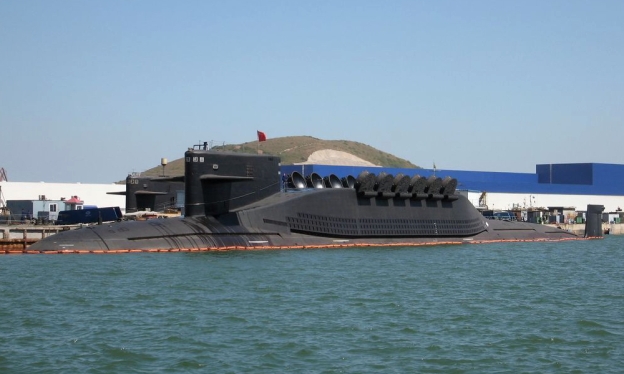The U.S. Joint Chiefs of Staff in mid-June 2019 briefly published the Pentagon’s official doctrine on the use of nuclear weapons. The joint chiefs quickly pulled the document — Joint Publication 3-72, Nuclear Operations — from the public website. [But a public copy has been preserved] “Using nuclear weapons could create conditions for decisive results and the restoration of strategic stability,” the doctrine opines. “Specifically, the use of a nuclear weapon will fundamentally change the scope of a battle and create conditions that affect how commanders will prevail in conflict.”
The joint chiefs published the nuclear document around the same time that the Stockholm International Peace Research Institute (SIPRI) published its annual 2019 report, detailing the world’s atomic arsenals. At the start of 2019, Russia, the United States, and seven other countries possessed 13,865 nuclear weapons, SIPRI found. That represents “marked decline” from the 14,465 atomic weapons in world arsenals at the beginning of 2018, according to SIPRI….But the cuts could reverse. New START will expire in 2021 unless both parties agree to extend the treaty. “…
A senior U.S. intelligence official on May 29, 2019 accused Russia of secretly conducting nuclear tests in violation of an international treaty and the country’s own moratorium on such tests….But the Arms Control Association in Washington, D.C. was skeptical of the general’s claim. “Ashley would only say that Russia had the ‘capability’ to conduct very low-yield supercritical nuclear tests in contravention of the treaty, a capability which Russia, China and the United States have long had. He did not say that Russia has conducted or is conducting such tests.” Ashley’s allegation is consistent with repeated attempts by Pres. Donald Trump, his administration and his allies in Congress to dismantle existing arms-control regimes by accusing Russia of violating them, thus justifying a U.S. withdrawal from the same regimes and clearing the way for a U.S. arms build-up.
The Trump administration echoed the administration of Pres. Barack Obama in accusing Russia of willfully violating the 1987 Intermediate-Range Nuclear Forces treaty, an accusation Russia has denied. The White House in February 2019 announced the United States’ withdrawal from the treaty, which bans land-based, medium-range missiles in Europe.
There’s irony in Ashley accusing Russia of violating the 1996 Comprehensive Test Ban Treaty, which according to the Arms Control Association “prohibits any nuclear test explosions that produce a self-sustaining, supercritical chain reaction and creates a robust international verification regime.” “The United States has signed but not ratified the treaty,” the association pointed out. “The most effective way for the United States to enforce compliance with the zero-yield standard is for the Trump administration and the U.S. Senate to support ratification of the treaty and help to bring it into force, which would allow for intrusive, short-notice, on-site inspections to detect and deter any possible cheating.”
Davide Axe, Oops: The Pentagon Just Revealed Its Nuclear Doctrine, National Interest, June 20, 2019

